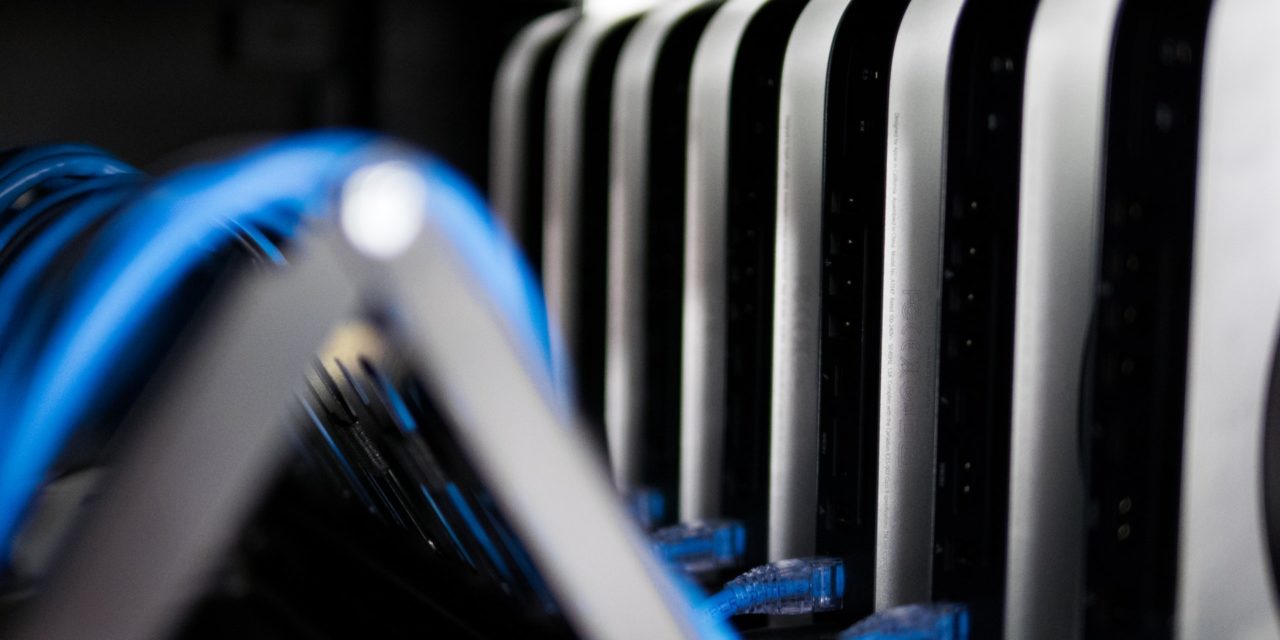[ad_1]
The physical layout of how computers are connected on a network is known as its topology. No matter how small or large the network, it will conform to one or a combination of the standard networking topologies.
Networks are rarely found in the exact physical layout as what the topology describes and quite often will refer to more of its virtual shape or structure. Regardless, networks can be categorized into one of the basic types.
- Bus topology. Computers connected in this topology share a single cable commonly referred to as a backbone. Bus networks work best with a limited number of devices, with each tapping into the cable and broadcasts data for all devices to see it. Only the recipient can actually accept the message. If the cable breaks on a bus topology network, the entire network becomes unusable. With advancements in modern technology, bus networks have become obsolete.
- Ring topology. Sometimes called a token passing ring, this topology uses a cable that forms a loop. All messages on this type of network travel either clockwise or counter-clockwise and must pass through each device connected. A failure of either a device or cable can result in the entire network becoming unusable.
- Star topology. A star network is the most common form of network used today. Devices connected in this topology use a special device such as a hub, switch or router. Each device is connected separately to this device using unshielded twisted pair cable (UTP) meaning there is considerably more cable required than in a bus or ring. However, a failure in the cable will only affect the device it is connected to. The failure of the hub, switch or router will cause the entire network to fail. This topology allows for more devices to be connected than either a bus or ring based network.
- Tree topology. Combining multiple star networks on a bus forms a tree topology. This structure is hierarchical in which a root node is connected to one or more nodes at the next lowest level of the hierarchy. These nodes are then connected to other nodes in the same fashion.
- Mesh topology. The modern day Internet is based on this type of network. It uses the concept of routes in means network based messages can take several paths to the destination. Each device is technically connected to every other device because of these multiple paths. Partial mesh networks can also exist but some devices are only connected to one another indirectly.
These basic designs allow for the formation of much larger and more complex networks. Having a basic knowledge and understanding of how devices are connected and how information flows around in a network starts at understanding network topologies.
[ad_2]
Source by Barry W Wheeler

